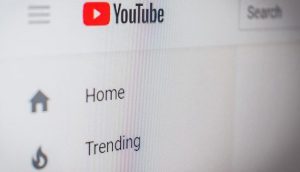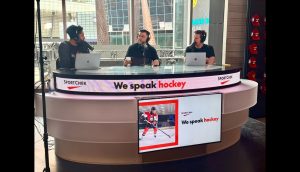Though numbers are declining slightly, SVOD services like Netflix and Prime Video have still not prompted a mass exodus from traditional paid TV services.
That’s according to Media Technology Monitor’s “The State of Paid TV” report, which looks at how Anglophone Canadians are using and paying for TV – and how these different content types co-exist today. The data from this report comes mainly from the fall survey of 8,000 Canadian adults.
Two-thirds of Anglophones still have a traditional paid TV service, although subscriptions have been declining for several years. Cable remains the most popular type of paid TV service (32%), followed by fibre optic (21%) and satellite (14%). Over-the-air viewing has remained stable at 7% for several years.
The gap between SVOD subscriptions and traditional TV does continue to grow with 80% of Anglophones currently subscribing. SVOD subscriptions even remain high among paid TV subscribers (77%), although they report spending more time watching traditional TV than SVOD services.
Fibre optic TV services have more potential for growth than either cable or satellite TV services, likely as a result of transitioning customers with cable or satellite to this new service type, as well as promotions and bundling where a fibre optic TV service is bundled in with home internet. This does depends on the availability of infrastructure since, in some communities, cable and satellite may be the only options for a traditional paid TV service.
Bell, Rogers, and Telus represent close to three-quarters of the Anglophone TV market. Bell leads the way, providing their services to 27% of paid TV subscribers, followed by Rogers (17%). Regardless of their service provider, few Anglophones are opting in for just a paid TV service. A majority of Bell, Telus, Rogers, Videotron, Eastlink and Cogeco customers have three or four services from the same provider. Bundling could also be buoying traditional paid TV subscriptions with the prospect of a heavy discounts or free services such as home phone.
The popularity of service providers can vary by service type. Bell is the largest fibre optic TV and satellite TV service provider by a wide margin – 52% and 51% respectively – but Bell does not offer a cable service. Rogers is the largest cable TV provider at 35%, with its closest competitor being Shaw at 28%.
























